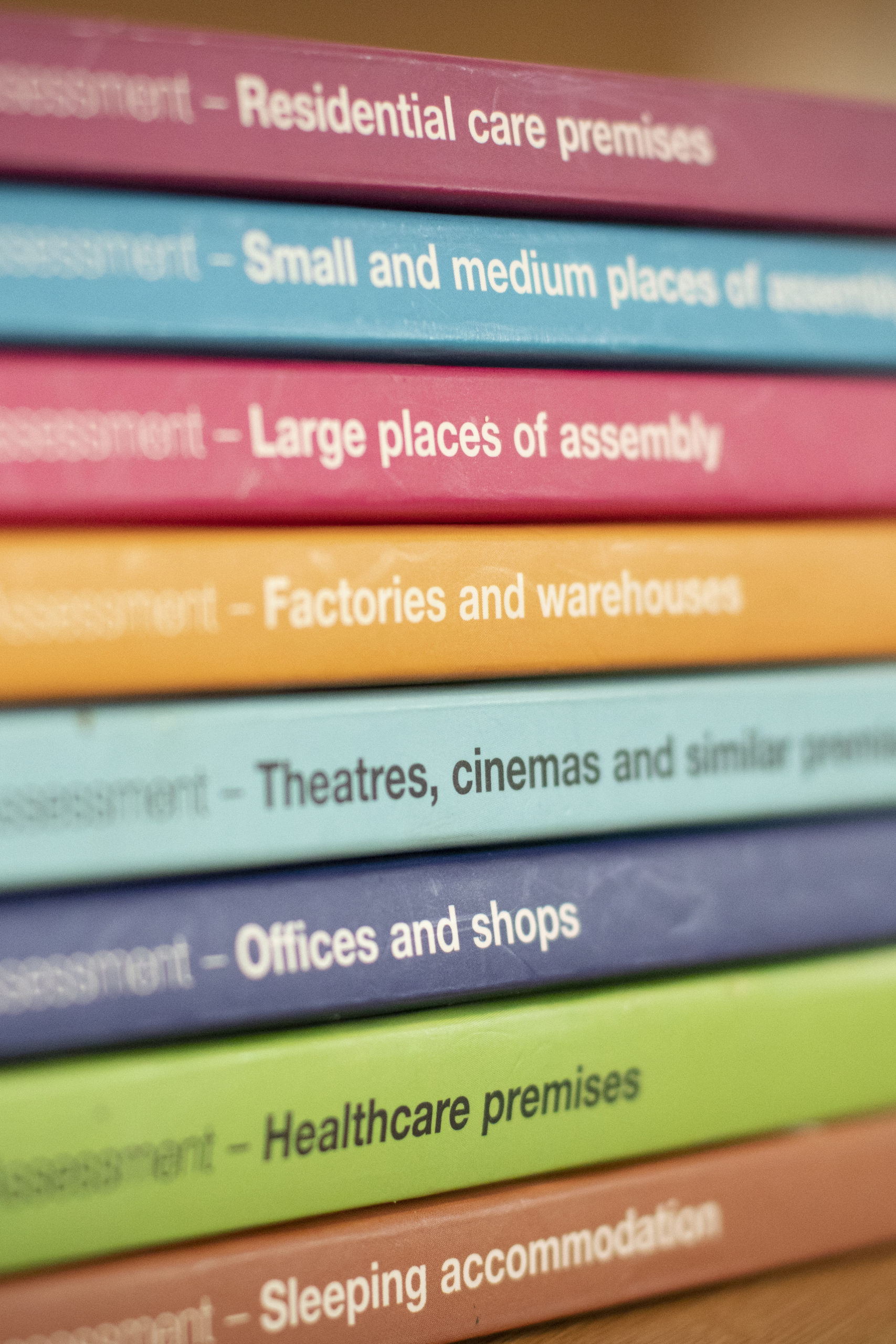C. S. Todd & Associates Ltd are a recognised leader within the fire safety profession on the subject of fire risk assessment. We have the capacity to undertake individual fire risk assessments or large portfolios of work across the UK, given our spread of employees throughout the country.
As a company we are independently certificated under the BAFE SP205 third party certification scheme. In addition, our consultants who carry out fire risk assessments are individually listed on the Institution of Fire Engineers (IFE) Register of Fire Risk Assessors and Auditors.
We authored the guidance on fire risk assessment, BSI publication PAS 79, which is recognised as the national appropriate methodology for fire risk assessment. We are currently updating PAS 79 under contract to BSI.
-
- Experienced in English and Welsh, Scottish and Northern Ireland legislation.
- Authors of the guidance on fire safety in purpose-built blocks of flats.
- Authors of the guidance on fire safety in specialized housing.
- Member of the Fire Industry Association (FIA), and signatories to the FIA Code of Practice for member companies that undertake fire risk assessments.
- Managing Director, Colin Todd, chairs the Fire Risk Assessment Council of the FIA.
- Colin Todd chairs the IFE Panel responsible for the Register of Fire Risk Assessors and Auditors.
- Colin Todd is a member of the Fire Risk Assessment Competency Council which developed competency criteria for fire risk assessors to aid companies to select suitably experienced fire risk assessors.
We are highly experienced in carrying out fire risk assessments in a variety of different premises, including:
-
- Offices.
- Schools, universities.
- Public assembly buildings.
- Leisure centres.
- Public houses.
- Cinemas and places of entertainment.
- Shops.
- Factories.
- Warehouses.
- Hotels.
- Hostels.
- Heritage buildings.

